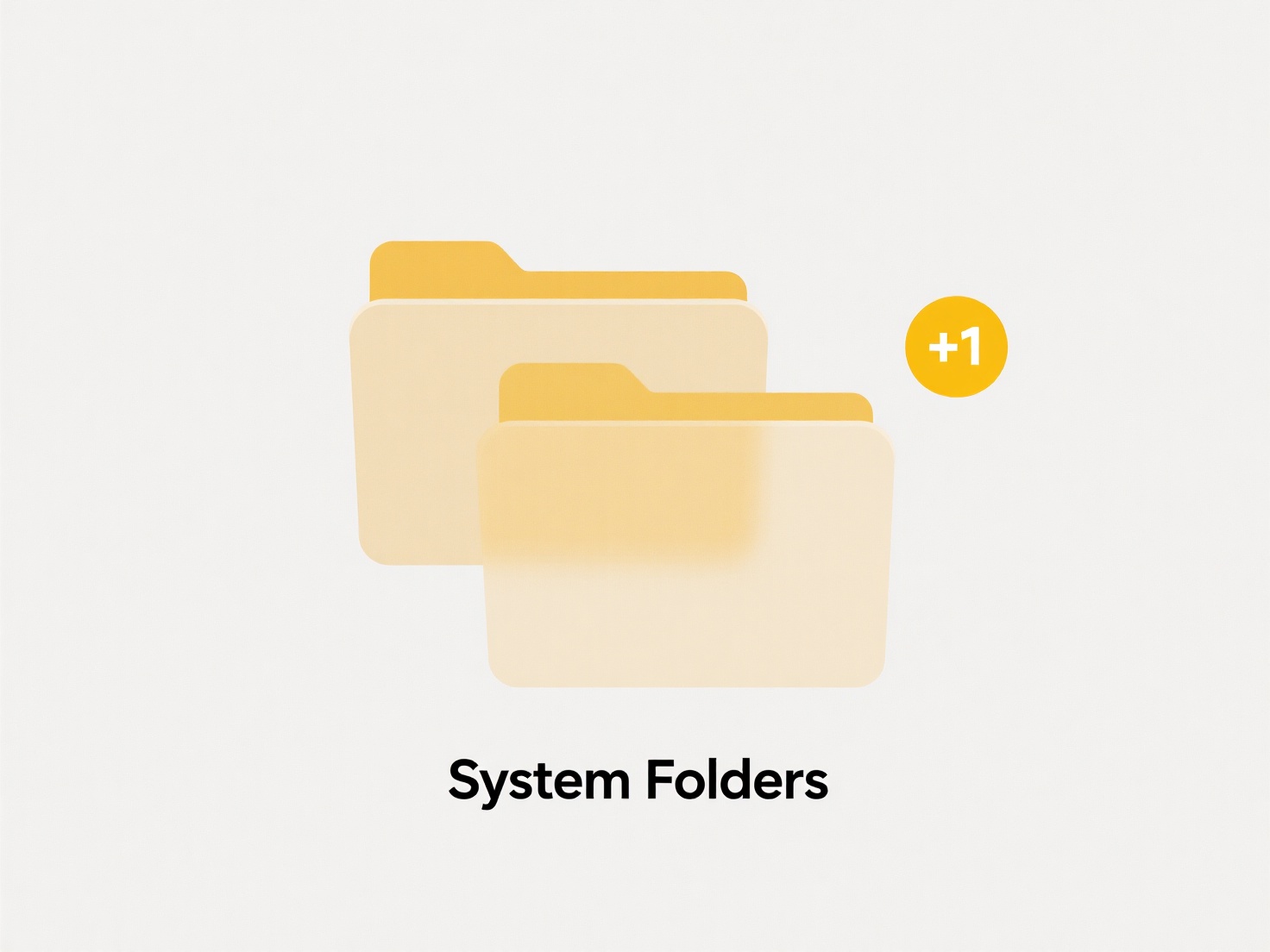
Labeling files for approval stages involves adding consistent identifiers to filenames or metadata to clearly indicate where a file resides within a review and authorization workflow. It differs from general file naming by explicitly tracking progression through defined steps like "Draft," "In Review," "Approved," or "Final," rather than just describing content. This helps teams instantly identify a file's status without opening it, preventing confusion over the active version and signaling required actions.
For example, a design agency might name a proposal file "ClientName_Proposal_DRAFT_v2_20240501" while it undergoes internal checks, changing to "ClientName_Proposal_PENDINGCLIENT_v1" once sent externally. Similarly, software teams in engineering often use platforms like SharePoint or Google Drive that integrate status labels such as "Submitted" or "Approved" within the file properties or via dedicated approval workflow tools.

This method enhances clarity and accountability, ensuring only validated files proceed to the next phase. However, it requires discipline to maintain naming consistency across teams. Future adoption could improve with automated labeling tools, but manual upkeep remains a limitation. Ethical concerns like misleading labels necessitate training to ensure transparency in the approval chain.
How do I label files for approval stages?
Labeling files for approval stages involves adding consistent identifiers to filenames or metadata to clearly indicate where a file resides within a review and authorization workflow. It differs from general file naming by explicitly tracking progression through defined steps like "Draft," "In Review," "Approved," or "Final," rather than just describing content. This helps teams instantly identify a file's status without opening it, preventing confusion over the active version and signaling required actions.
For example, a design agency might name a proposal file "ClientName_Proposal_DRAFT_v2_20240501" while it undergoes internal checks, changing to "ClientName_Proposal_PENDINGCLIENT_v1" once sent externally. Similarly, software teams in engineering often use platforms like SharePoint or Google Drive that integrate status labels such as "Submitted" or "Approved" within the file properties or via dedicated approval workflow tools.

This method enhances clarity and accountability, ensuring only validated files proceed to the next phase. However, it requires discipline to maintain naming consistency across teams. Future adoption could improve with automated labeling tools, but manual upkeep remains a limitation. Ethical concerns like misleading labels necessitate training to ensure transparency in the approval chain.
Related Recommendations
Quick Article Links
Why can’t I open or edit this file?
Being unable to open or edit a file usually occurs due to one of three core issues: insufficient user permissions, incom...
What is selective sync and how does it work?
Selective sync is a cloud storage feature allowing users to specify which folders or files within their cloud storage ac...
What happens when two people edit the same file at once?
When multiple users edit the same file simultaneously, modern collaborative systems often employ conflict prevention or ...